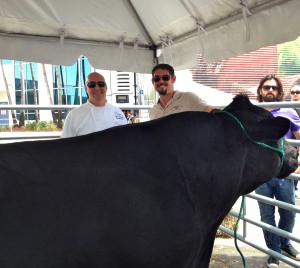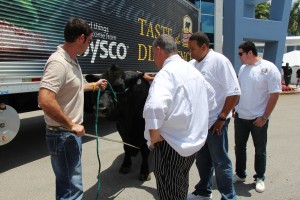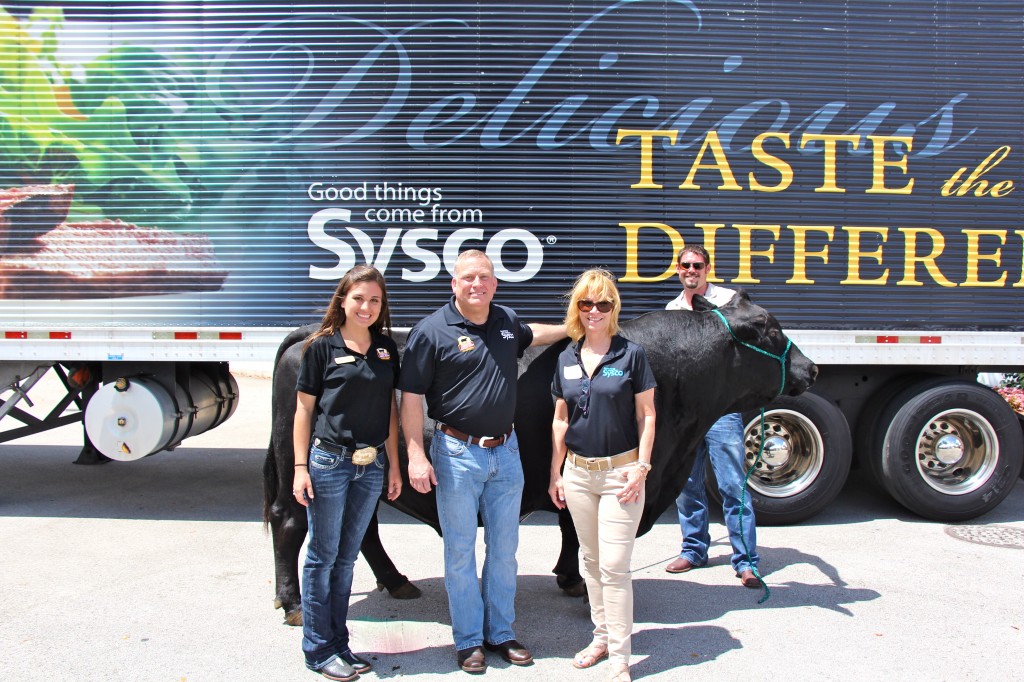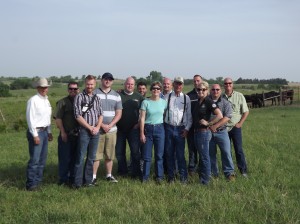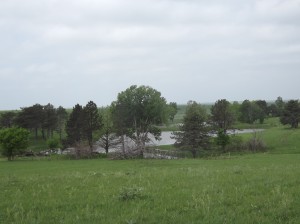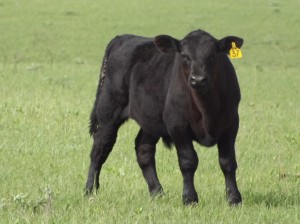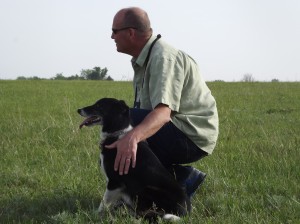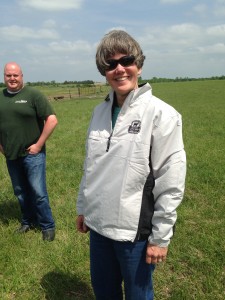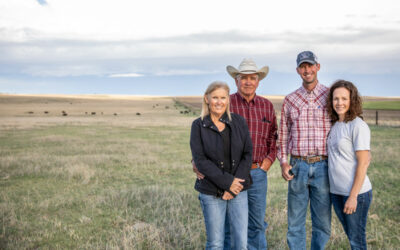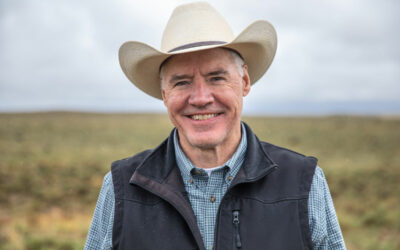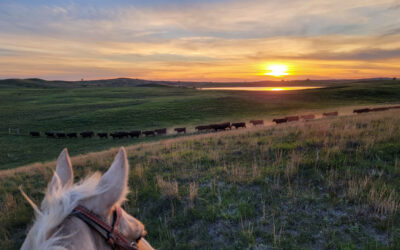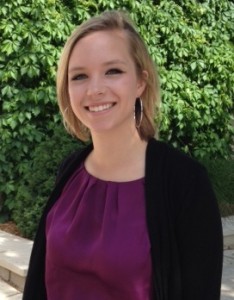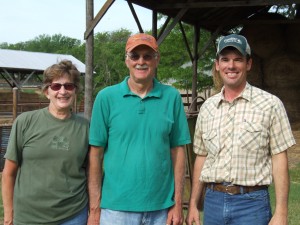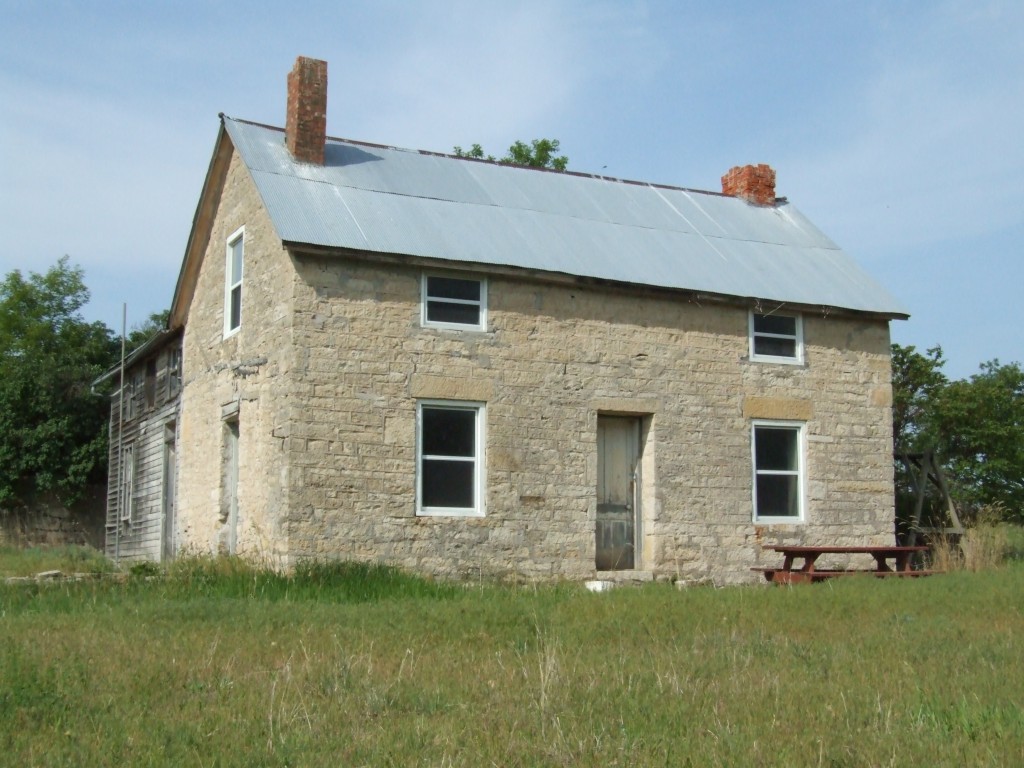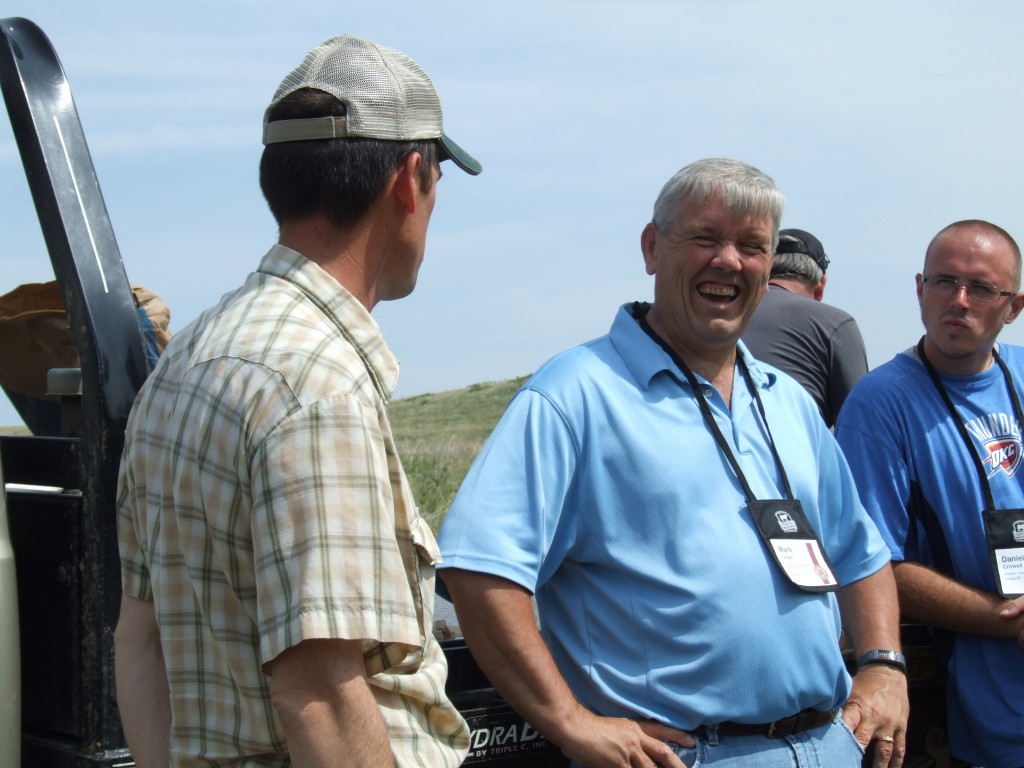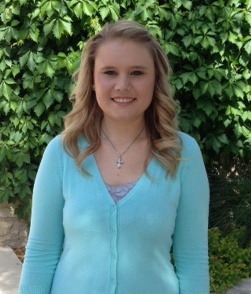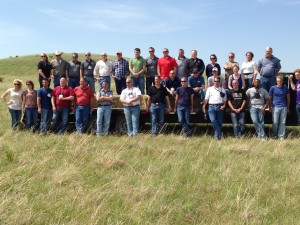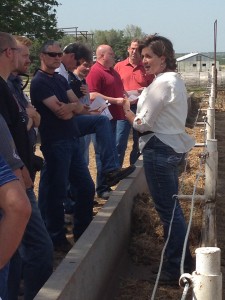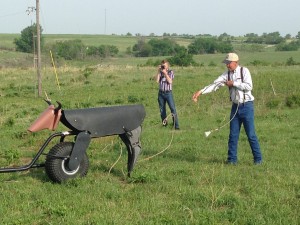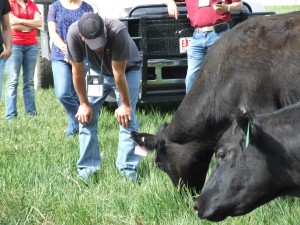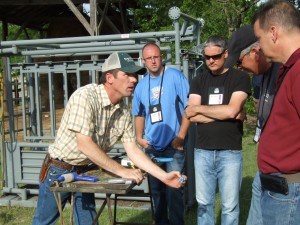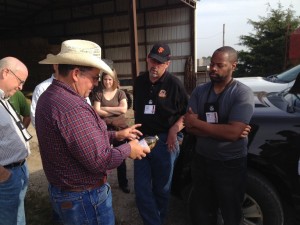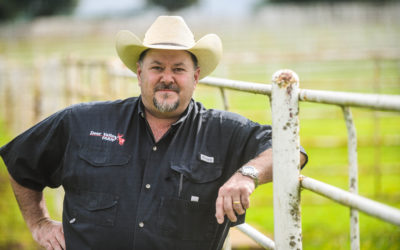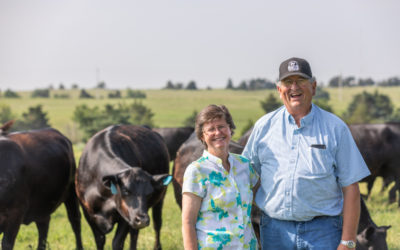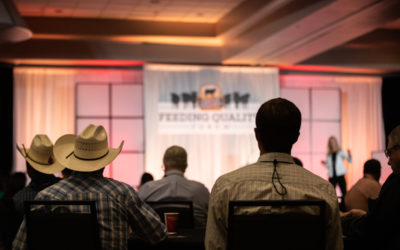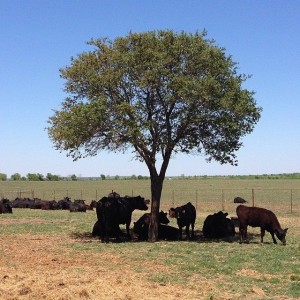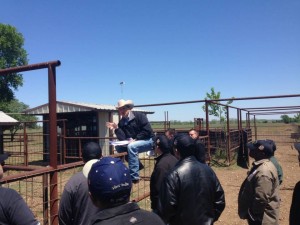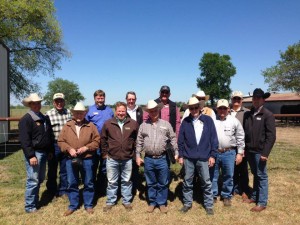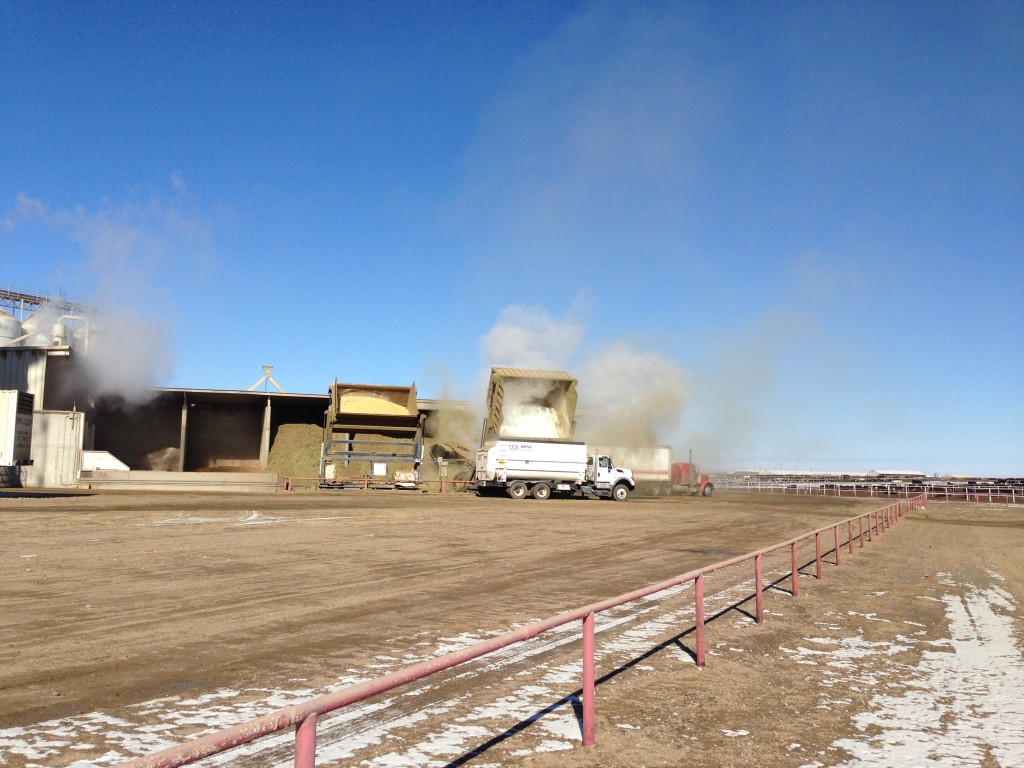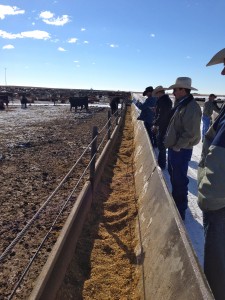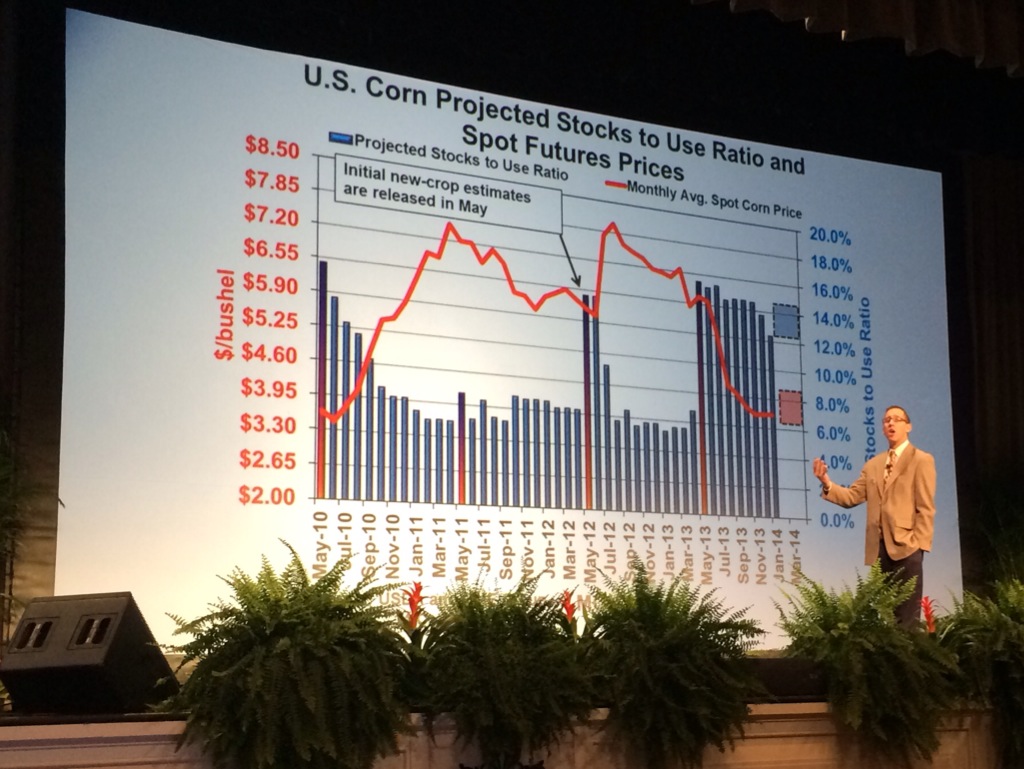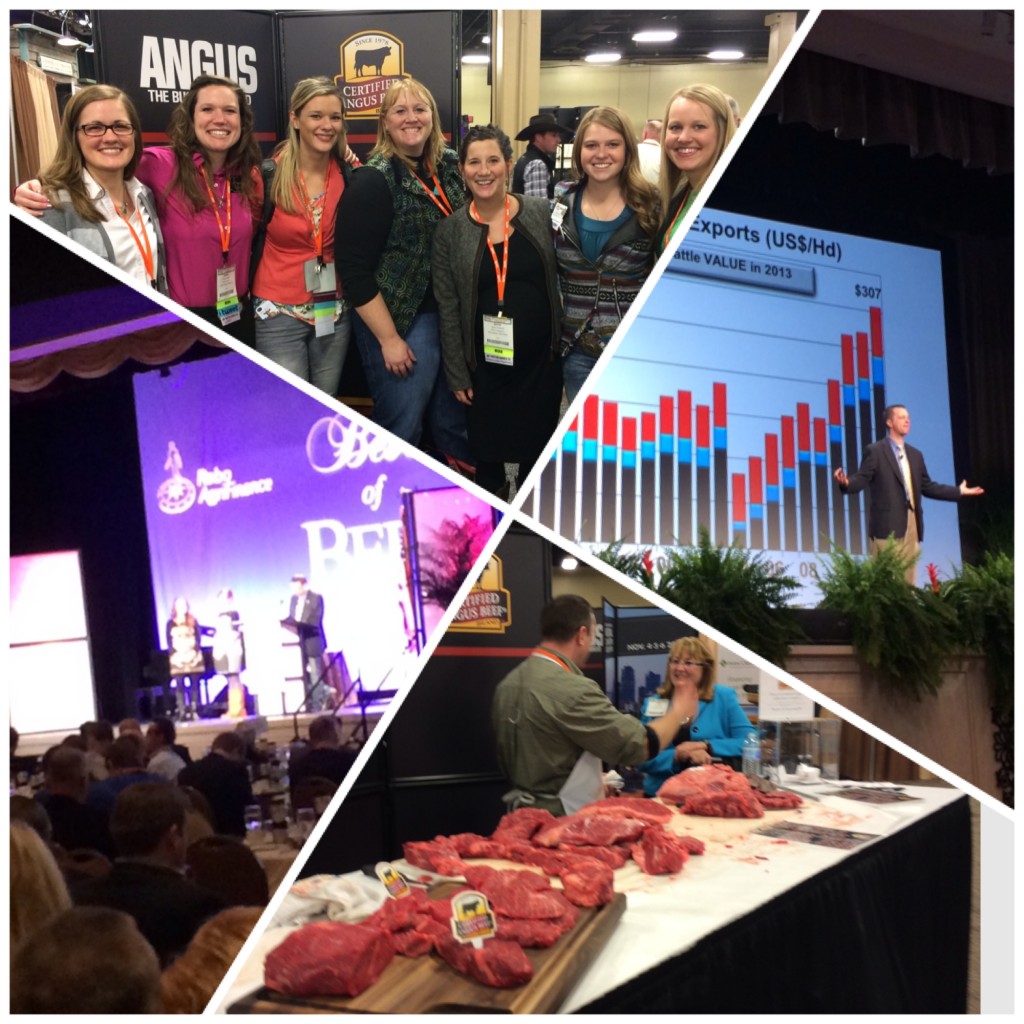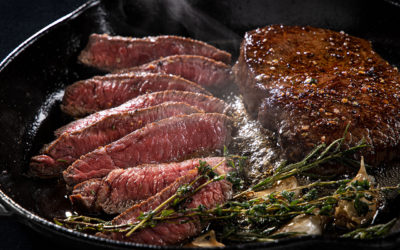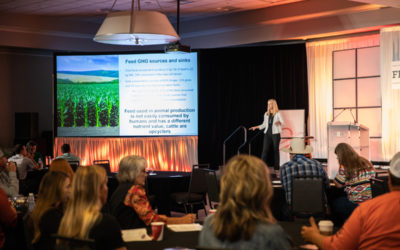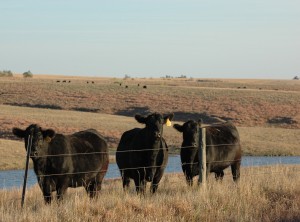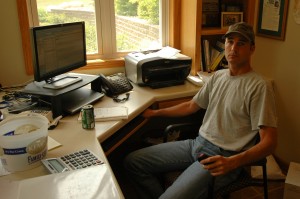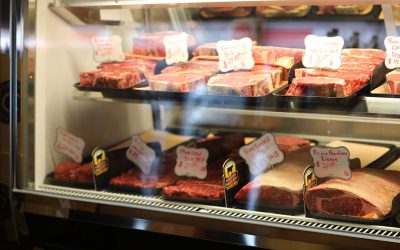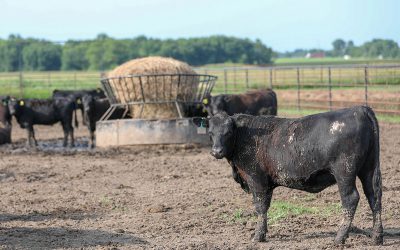
Success in the Flesh
Recently a group of 22 high schoolers visited the plant, and walked out with a brighter perspective of the industry they already love.
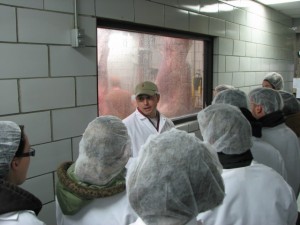
Accompanied by CAB meat scientist Dr. Phil Bass, the local tech class toured the plant and took a close look at the carcass results of cattle they fed while enrolled in their high school course.
“They have already chosen to have a career in agriculture, so it’s just really neat to see such a young group of folks with determination, ready to go in and grow the agricultural community,” Bass said.
After exploring the live side, students made their way to the cooler to see if their own animals met CAB’s specifications.
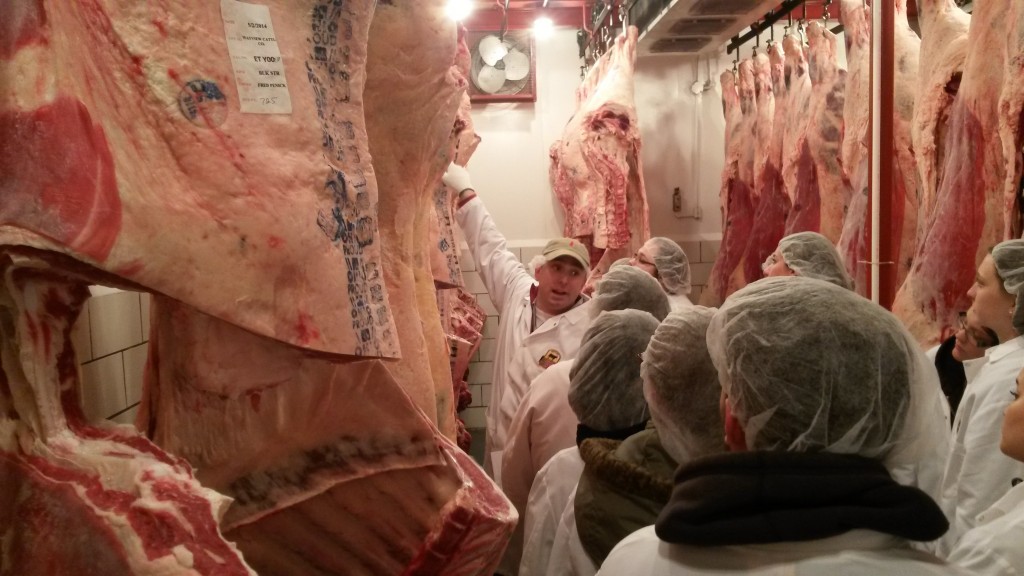
“We started out looking at the harvest process,” Bass said. “We explained everything that goes on, all of the food safety measures and humane handling things, all the steps that it takes to turn a live animal into a carcass.”

More than the fun, more than the camaraderie was the honor of educating the future generation, Bass said of his main takeaway.
“I love visiting with students who don’t realize all the different avenues that you can take with an animal science or agriculture background,” Bass said. “You can go into food science or the production side. It’s more than just being a veterinarian.”
Amidst the rows of carcasses, students were engaged, willing and ready to listen and learn. Challenged with the task of stumping Bass, they asked their fair share of questions from, “What do packers do with the udders” to “How many cuts of meat come off of each animal.”
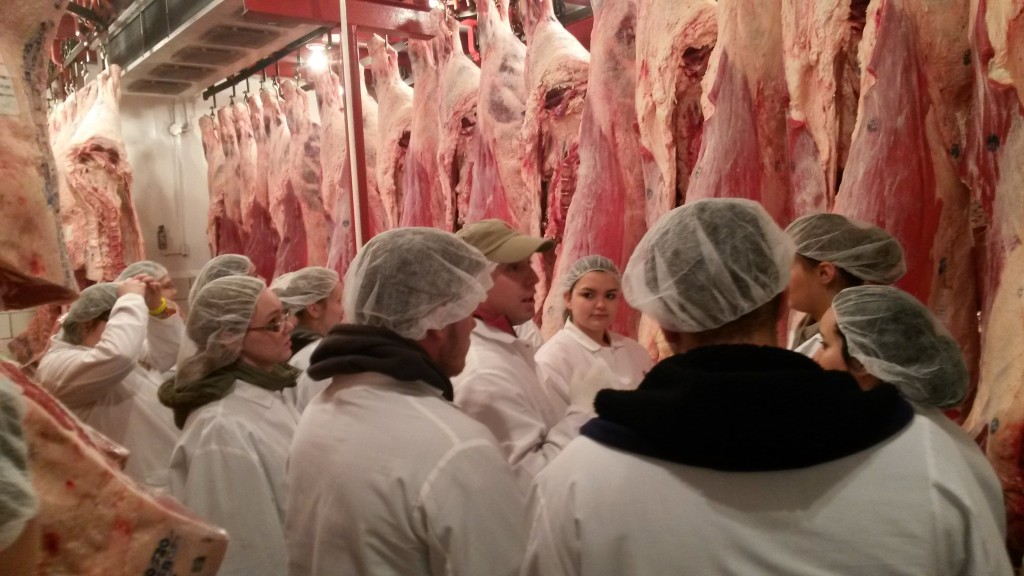
Asked whether any students wanted to follow in his footsteps, Dr. Phil chuckled and said indeed, many were inquiring about which colleges to attend.
As far as agriculture is concerned, I say the future looks bright.
Thanks for allowing me to tell your story,
Laura
You may also like
Certified Angus Beef Welcomes New Director of Producer Communications
Genetics and management are at the forefront of targeting the Certified Angus Beef ® brand but communicating beef value propositions to cattlemen guides informed business decisions. To bring the most relevant production and economic information to cattlemen, CAB hired fifth-generation rancher Lindsay Graber Runft as director of producer communications.
CAB Brand Sales Second Largest on Record
The brand recorded the second largest ever sales volume in fiscal 2022 with total sales culminating in 1.234 billion pounds, a 1.6% increase on the prior year. The sum was narrowly below the brand’s 2019 record 1.25 billion pounds sold.
Certified Angus Beef Takes Fine Dining to New Heights to Connect with Consumers
“High Steaks” is about sharing the transformative power of food and the idea that different culinary experiences can take consumers on a journey to different destinations. In a cliff-side setting, Angus rancher Ty Walter joined actor, comedian and host Joel McHale to talk cattle production and what makes the Certified Angus Beef ® brand consistently superior – all while enjoying a four-course meal at an elevation of 8,500 feet.

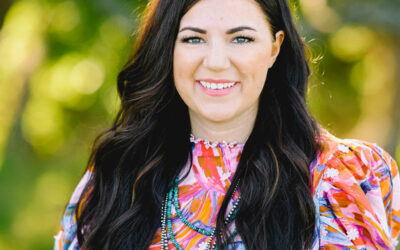
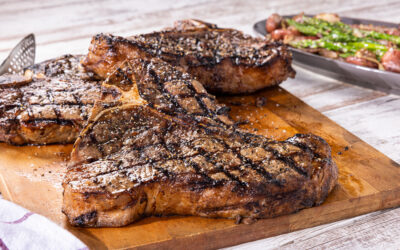
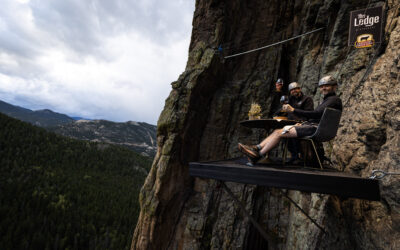

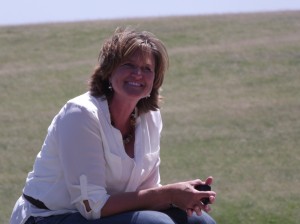
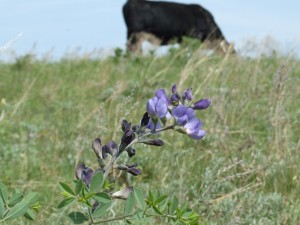
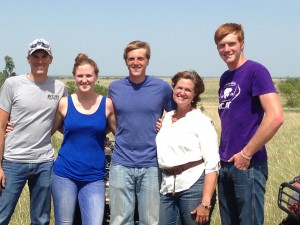
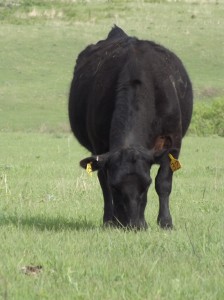
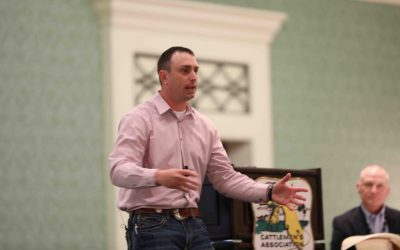
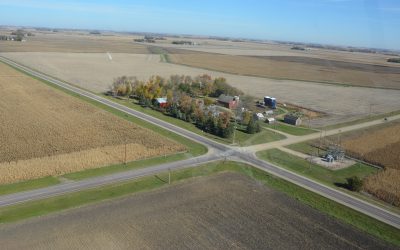


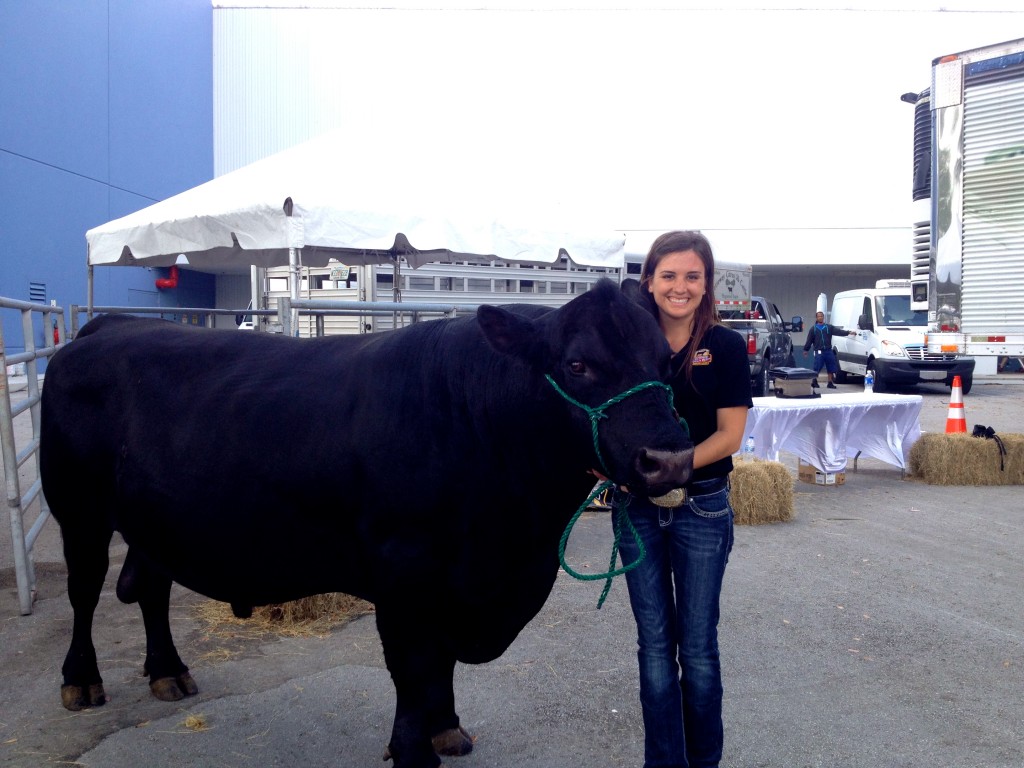
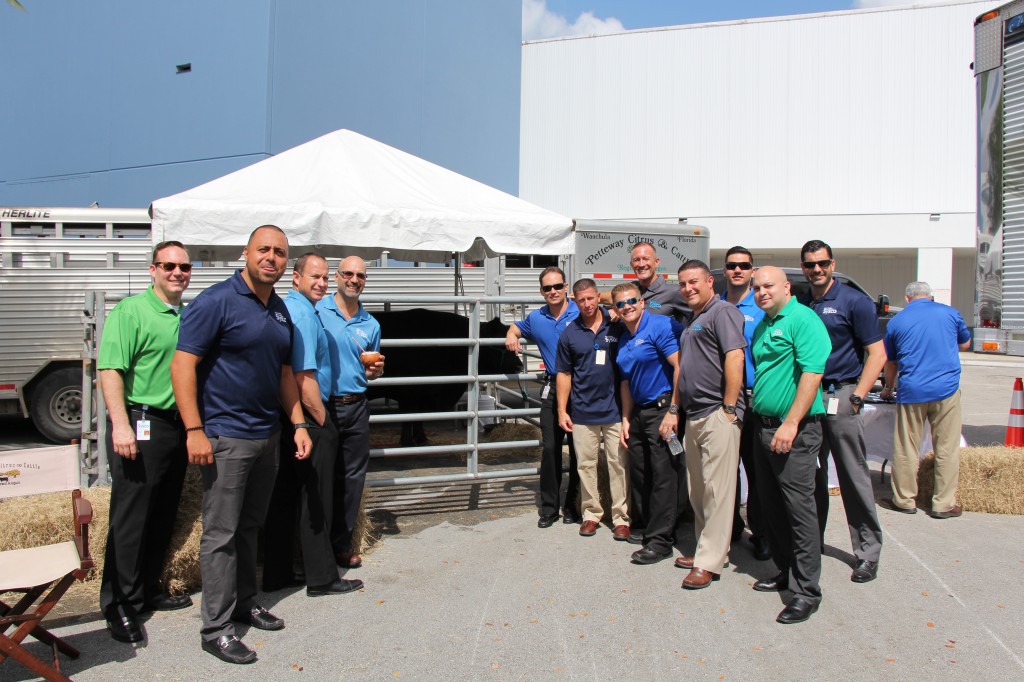 To a crowd of more than 1,000 restaurateurs, JD was the piece that made the puzzle complete. The show stealer helped chefs, restaurant owners and operators later tell the beef story to their interested customers. Food show guests not only got to meet JD but were able to spend time with local Florida Angus ranchers, ask questions and sample CAB product.
To a crowd of more than 1,000 restaurateurs, JD was the piece that made the puzzle complete. The show stealer helped chefs, restaurant owners and operators later tell the beef story to their interested customers. Food show guests not only got to meet JD but were able to spend time with local Florida Angus ranchers, ask questions and sample CAB product.